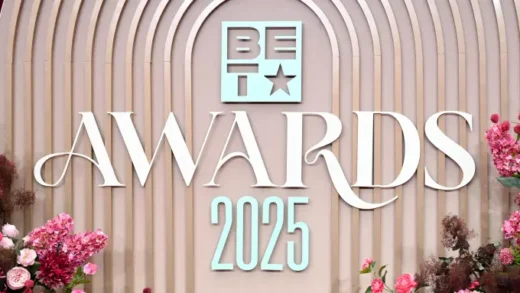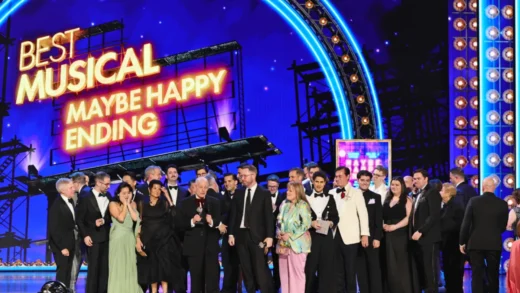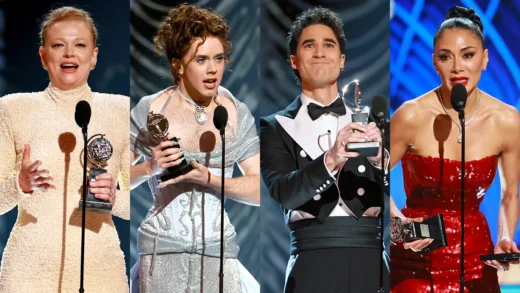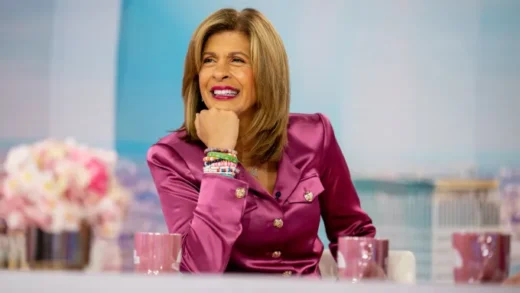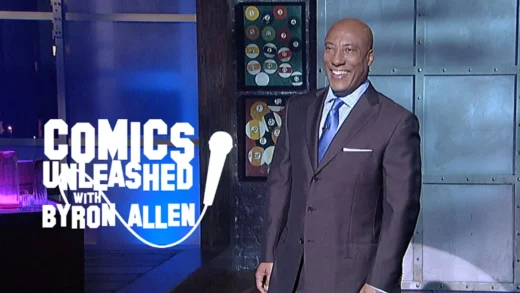Larry Harvey, whose whimsical decision to erect a giant wooden figure and then burn it to the ground led to the popular, long-running counterculture celebration known as Burning Man, has died. He was 70.
Harvey died Saturday morning at a hospital in San Francisco, surrounded by family, Chief Executive Marian Goodell of the Burning Man Project said. The cause was not immediately known, but Harvey suffered a stroke this month.
Longtime friend Stuart Mangrum posted on the organization’s website that Harvey did not believe in “any sort of existence” after death.
“Now that he’s gone, let’s take the liberty of contradicting him, and keep his memory alive in our hearts, our thoughts, and our actions,” Mangrum wrote. “As he would have wished it, let us always Burn the Man.”
Burning Man takes place annually the week before Labor Day in northern Nevada’s Black Rock Desert. The weeklong festival attracts some 70,000 people who pay anywhere from $190 to $1,200 a ticket to travel to a dry lake bed 100 miles east of Reno, where temperatures can routinely reach 100 degrees during the summer.
There they must carry in their own food, build their own makeshift community and engage in whatever interests them. On the gathering’s penultimate day, the giant effigy — or the Man, as it is known — is set ablaze during a raucous, joyful celebration.
Friends and family toasted Harvey on Saturday as a visionary, a lover of words and books, a mentor and an instigator who challenged others to look at the world in new ways. “Burners,” as festivalgoers are called, left comments on the organization’s website thanking Harvey for inspiring them as artists and for creating a community.
“Thanks for everything. (No, really, pretty much everything in my life right now is a result of Burning Man.),” read one post.
The Associated Press once described the gathering as an “esoteric mix of pagan fire ritual and sci-fi Dada circus where some paint their bodies, bang drums, dance naked and wear costumes that would draw stares in a Mardi Gras parade.”
Though tickets now sell out immediately, Harvey described in a 2007 interview how he had much more modest intentions when he launched Burning Man on San Francisco’s Baker Beach one summer day in 1986.
“I called a friend and said, ‘Let’s go to the beach and burn a man,’ ” he told the website Green Living. “And he said, ‘Can you say that again?’ And I did, and we did it.”
It wasn’t until afterward, Harvey recalled, that he had the epiphany that led to the Burning Man festival.
Within a few years the event had outgrown Baker Beach and moved to the desert.
Though Harvey would speak frequently about Burning Man in the years that followed, he would reveal little about himself and it was often hard to discern truth from fiction.
He believed he was conceived in the back of a Chevrolet by parents who abandoned him soon after his birth, he once told the Reno Gazette-Journal.
His brother, Stewart Harvey, said in a post Saturday that the two were adopted by farmers “Shorty” and Katherine Harvey and grew up outside of Portland, Ore. The brothers, who were not related by blood, were extremely close.
Larry Harvey said he hitchhiked to San Francisco at 17, arriving just as the 1965 Summer of Love was ending. He settled in the Haight-Ashbury district for many years.
After that first burn in 1986, Burning Man flourished as Harvey meticulously oversaw its every detail, from the various communities that would spring up overnight to its annual arts theme to the beautifully crafted temple that accompanies Burning Man and is also burned.
Harvey eventually formed a limited liability corporation to put on Burning Man, converting it in 2013 to a nonprofit with 70 employees and a budget of $30 million. He was president of its board and “chief philosophic officer.”
(Excerpt) Read More in: Los Angeles Times
